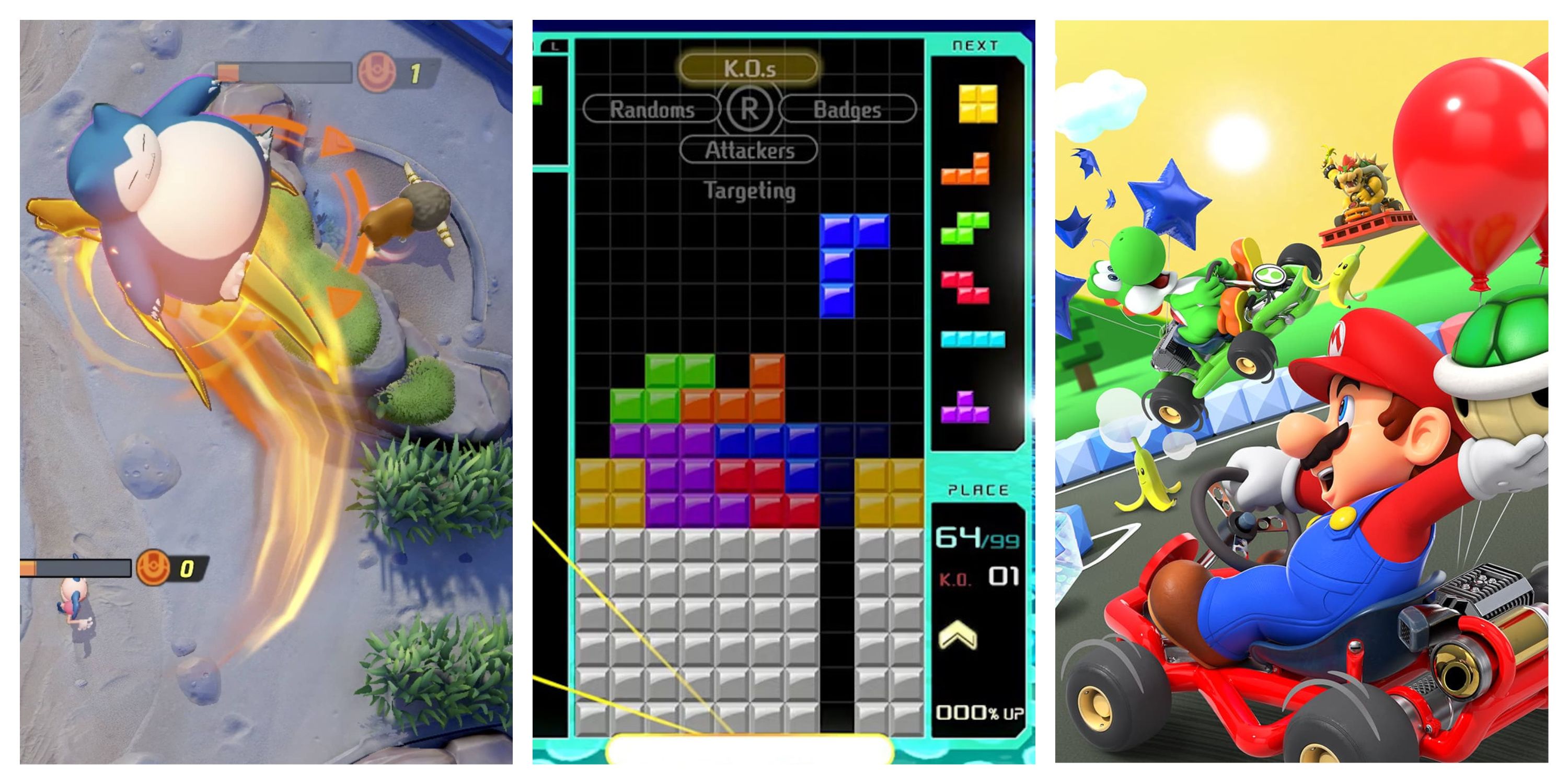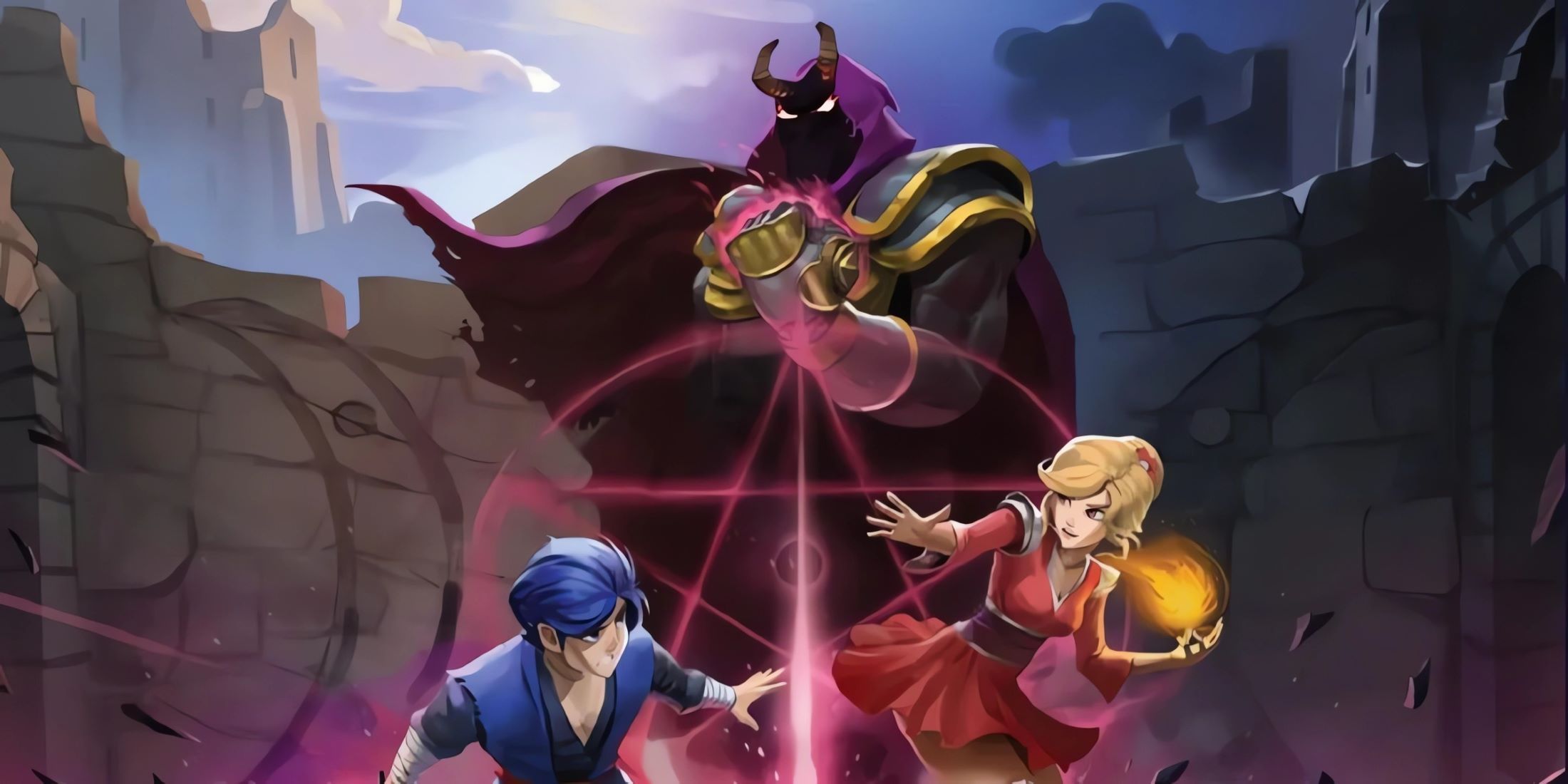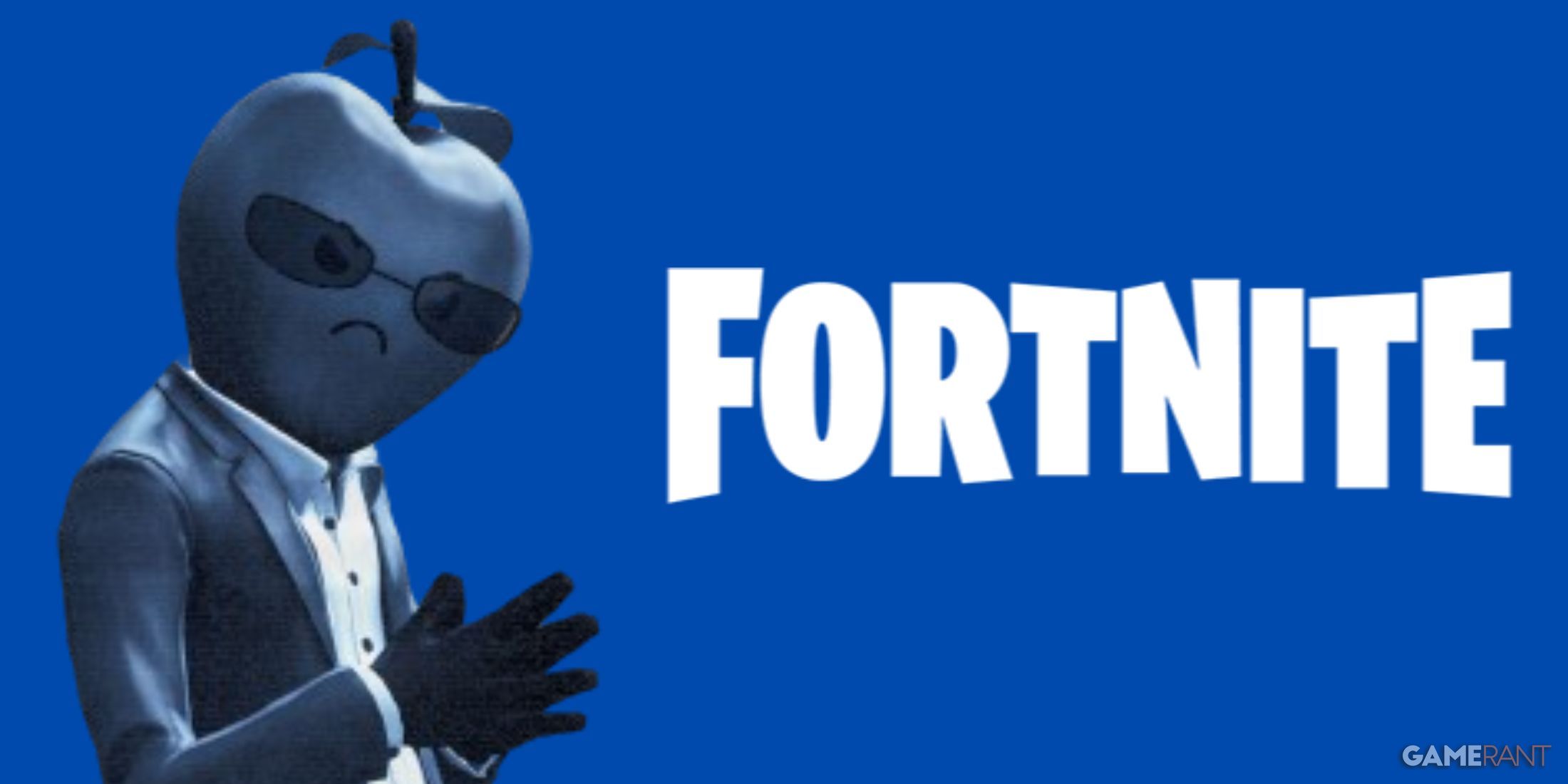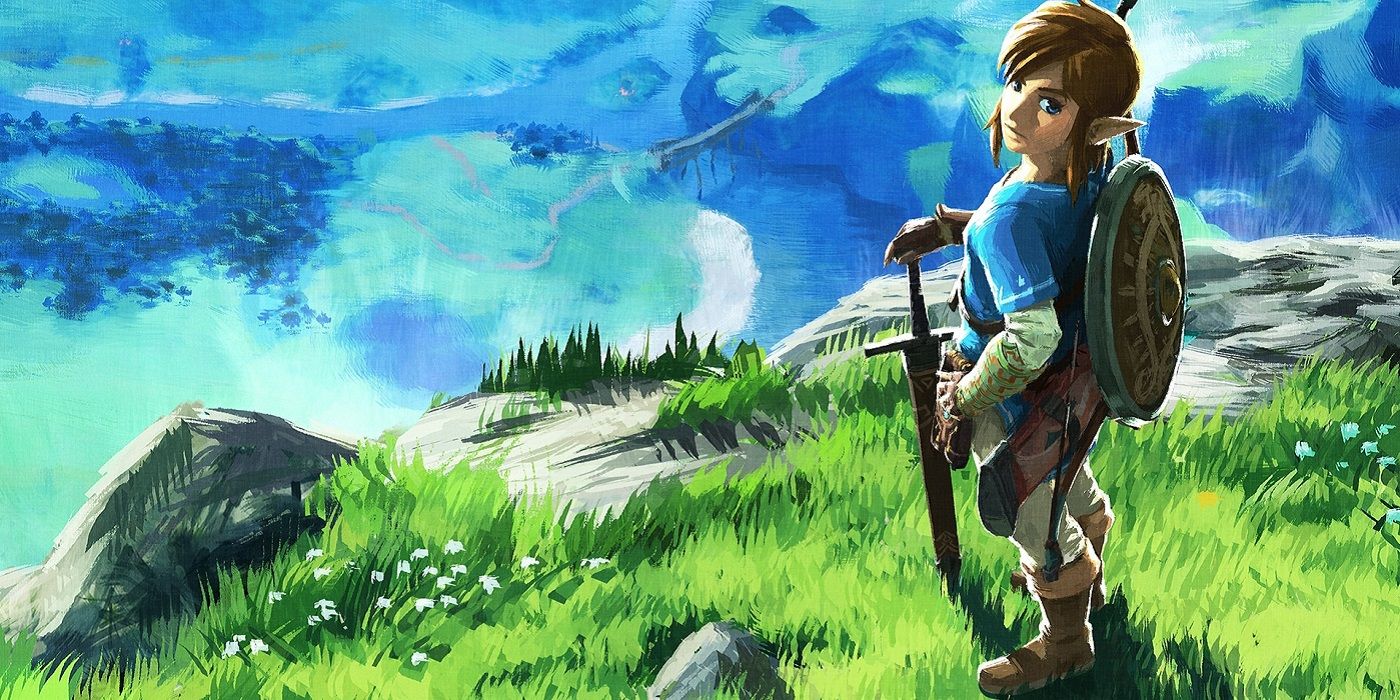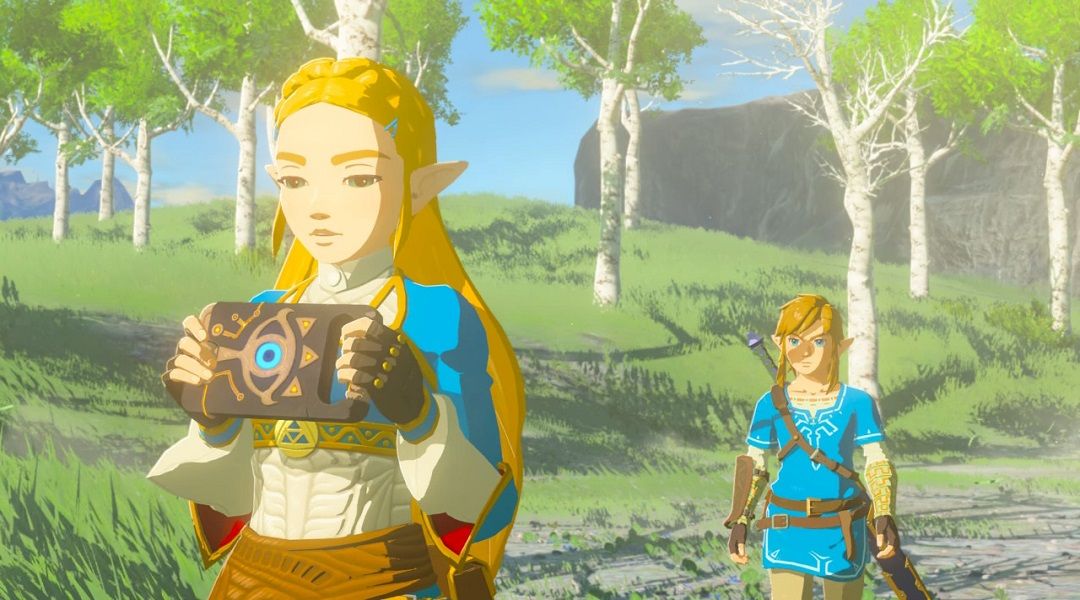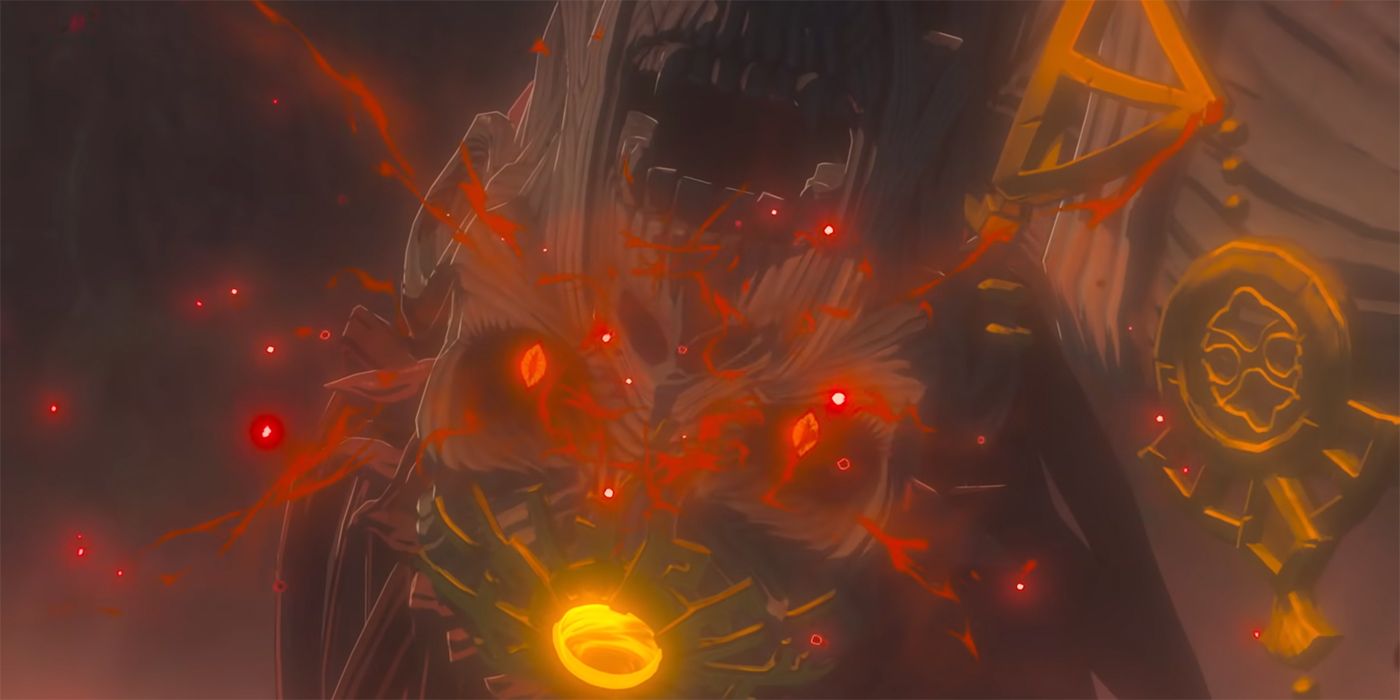Part of what makes The Legend of Zelda: Breath of the Wild so special is the environmental design and storytelling throughout the experience. As Link moves along in the largest kingdom of Hyrule to date, the landscape was intentionally and painstakingly designed to encourage players to explore. Through clever use of landmarks, points of intrigue, and other environmental indicators, players often found themselves steering off course to explore and discover every new nook and cranny in Hyrule. Breath of the Wild 2 will return to this version of Hyrule for the sequel, and that's not a bad thing.
Similar to how Majora's Mask remixed the world from Ocarina of Time, Breath of the Wild's sequel will return to the world of Hyrule fans explored extensively in 2017. Many rumors and leaks have come out giving a glimpse on what may come to Breath of the Wild 2, but since the official teaser trailer, not much has been officially confirmed. Rekindling the magic of the original Hyrule in the sequel, but with miniscule changes throughout, could make the game's sequel just as good as the original game.
Hyrule Like Never Before
In many cases, Breath of the Wild was game of the year for media and fans alike, mostly in part to how much of a departure the game was to its predecessors. Every Legend of Zelda game prior to Breath of the Wild was a much more linear game to varying degrees, in most cases largely focusing on the main quest with relatively few distractions. That's not to say there's been no side quests in Zelda games, but never to the extent of an open-world game the likes of Horizon Zero Dawn which also came out in 2017. Breath of the Wild included side quests of all kinds ranging from story-pertinent to a complete and total distraction from Link's goal.
Injecting a Zelda game with elements like side quests and collectibles is usually in service to a giant open world. Breath of the Wild's map was massive, larger than any Zelda game to date. Hyrule in Breath of the Wild certainly wasn't the biggest open world out there in games, but its defining trait was how much more purposeful Hyrule felt in comparison to other open world games at the time. Many fans of series like Assassin's Creed had started to feel a phenomenon in 2017 akin to "open-world fatigue." Many "!" points would dot an expansive map to the point of cluttering the actual environment itself, making the game feel more like a checklist rather than an experience.
While Breath of the Wild did have some elements of this, the game dialed the open-world design concept back to its core. Hyrule's world was brilliantly designed in the way that visual cues influenced players to explore rather than dots on a map. Crafting an aesthetically intriguing area to explore, rather than directing the player to somewhere specifically, invoked a child-like wonder in players that very few open-world had been able to conjure before. It's a clever trick employed in Breath of the Wild that highlights the best parts of open-world games without diminishing the experience with clutter. Every inch of the world felt explorable, with seemingly no limits (other than physical, considering Link is humanoid) being imposed on the player.
Familiar But Unique
Bringing that map back for another adventure poses an interesting question, but one Zelda has tackled and successfully answered before. Why go back to the same world for another adventure that's been already explored? Plenty of examples in Legend of Zelda history employ the re-using of assets or maps from previous games, most notably in Majora's Mask and A Link Between Worlds. In different capacities, both games built off the foundations of predecessors whilst crafting a wholly unique story/experience that's both familiar and new. Utilizing the same map in Breath of the Wild's sequel shouldn't be a detractor for anyone considering what Zelda games are capable of.
Many of the rumors surrounding Breath of the Wild 2 seem to point to a flipping in perspective of Hyrule this time around. Link will start his adventure from the middle, as Ganon's Malice has overtaken the regions that surround Hyrule Castle rather than the kingdom itself. Leaks also suggest the beginning of the game will start out more concentrated this time around, guiding players only through certain areas until they're liberated from Ganon's Malice. It's an interesting take that, if true, flips the purpose of the first Breath of the Wild game on its head. The first game was specifically about exploration, considering Link has amnesia so all of the world around him is essentially brand new.
Another very important tidbit from the leaks and rumors seems to point to traditional Zelda-like dungeons succeeding the Divine Beast dungeons from Breath of the Wild. Adding back the highly detailed dungeon crawling from past Zelda games may be exactly what a linear-based sequel would need to diversify the world map. If there's one miniscule gripe for Breath of the Wild, it's that the Divine Beast dungeons didn't have the puzzling depth that previous Zelda dungeons had. Though the Shrine dungeons sprinkled throughout the world had their fair share of difficult puzzles, the main story dungeons in Divine Beasts to some extent didn't compare.
Returning to Hyrule
If Breath of the Wild 2 does choose to be a more linear experience, the existing map from Breath of the Wild is still perfect for a remix. Adding back what's considered "traditional" Zelda dungeons to the game could potentially add interesting locales to existing regions, making places like Zora's Domain or the Gerudo Desert worth revisiting. There'd likely be some more miniscule changes to existing regions, like if Ganon's Malice causes some serious damage to the landscape and significantly changes some landmarks like Dueling Peaks. That also brings into question how Shrines may return, or if they're included at all for Breath of the Wild's sequel.
Fans will just have to wait and see how Breath of the Wild's map can still capture the same magic that impressed several players just a few years ago. Overall there's potential in Breath of the Wild's sequel as long as there's some significant remixing akin to previous Zelda sequels. And considering the huge success that Breath of the Wild was, Nintendo and Zelda's development team will likely want to continue that momentum with the sequel as well.
A sequel to The Legend of Zelda: Breath of the Wild is now in development.

